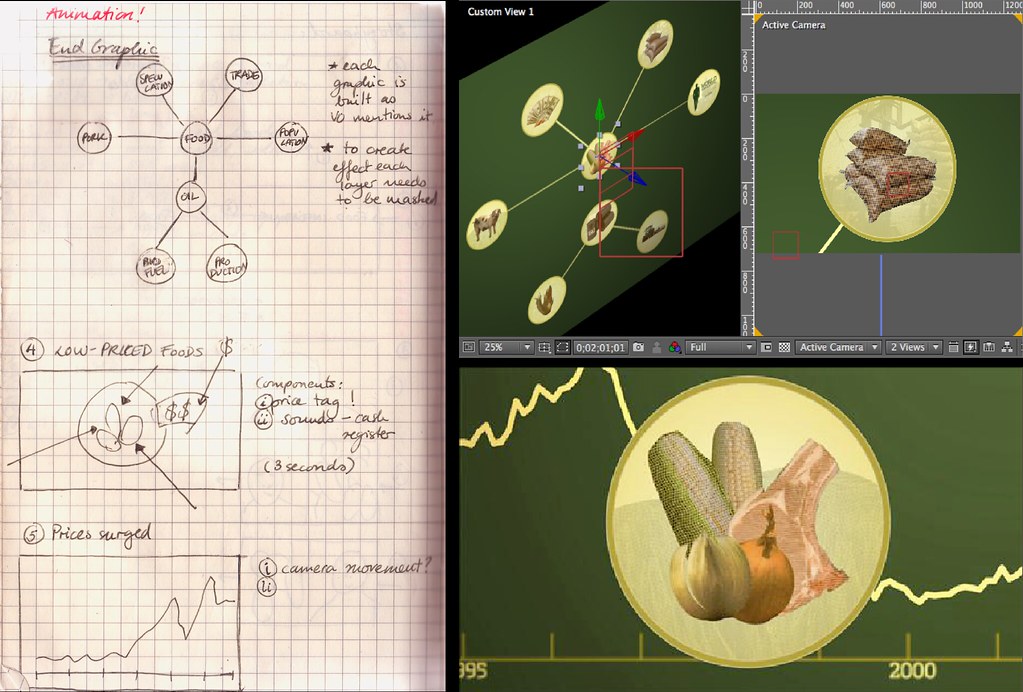My last post for ONA as an MJ Bear Fellow. I had a great time.


Last fall, I found myself in a blizzard-like storm in New York, fighting my way through a thick wall of snow. I had just left my position at the Wall Street Journal in Asia to be with my husband and to pursue full-time reporting. This weather was a reminder of the fact that I was no longer in the comforting tropical climate of Hong Kong and no longer in a comfortable job at a multinational news organization.
I was on my way to the Pageturner Literary Festival to see Junot Diaz speak. He is an author who bedazzled me with his Pulitzer Prize-winning novel “The Brief and Wondrous Life of Oscar Wao.” Coming back to the U.S. had been a bit of an adjustment, and so I was hoping for some advice and counsel — perhaps a shove in the right direction, an uplifting tale of struggle and eventual success from Mr. Diaz.
And he delivered.
OF ENDURANCE AND PATIENCE
“Eleven years is a long time to feel like a loser,” Diaz said at one point in his speech. He was referring to the time it took him to finish his novel about the pudgy Dominican nerd Oscar Wao. Diaz won international acclaim for his book, but it also took him more than a decade to finish it.
He urged the soaking, attentive crowd of aspiring storytellers to be patient with themselves — to give themselves a break.
“When you’re on your sixth year of your novel, and you’ve taught a student how to write a novel in six months, then you start blaming yourself,” he said. “Most of us don’t help ourselves [in those situations]. We tend to double down on the punishment. If the page or the thing [we're] working on is punishing us, we seem to think that that’s somehow a value judgment on ourselves.”
Diaz said we need to give ourselves the same compassion that we do the characters in our stories — in his case they are fictional; in ours they are real.
Ira Glass has a similar plea to young storytellers. Here in this (much-circulated but never old) video, the host and creator of “This American Life” speaks of the need to be patient and continue to produce work — to produce a lot of work and to do so repeatedly, even if the work is not entirely what you want it to be.
It’s not easy to always keep this in mind. We’re young and restless, after all. We want to tell amazing stories. We might go to conflict zones, where we suspect those stories are waiting for us. The falling prices of gadgets and tech gear are on our side, but to be consistently great takes patience with oneself. This is something that I, and perhaps some others in my shoes, lack at times.
OF PERSONAL EXCELLENCE AND AUTHENTICITY
Diaz and Min Jin Lee, the author sharing the stage with Diaz, also talked about artistic integrity. They spoke of editors who wanted them to remove parts of their novels that were integral to their stories and characters, such as Korean words or footnotes. Those elements seemed be too “weird” for their audience, according to those editors.
But instead, Diaz and Lee encouraged the audience to listen to their own understanding of what is, and what isn’t, too experimental for their audience.
“They [your editors] are making economic arguments about aesthetic issues,” Diaz said. “The economic argument should not be made because you aren’t going to make much money doing this.”
Their struggles to sell books is perhaps akin to our need to sell our stories to our editors and to the omnivorous Internet. Sometimes the currency we’re dealing with is not the money people will spend on our books, but the traffic, eyeballs and clicks.
But beyond the short-lived, monetary benefits of traffic and the pats on the back you get from your editor, there’s one quality that’s lasting: What is my own definition of personal excellence in my craft, and how can I reach my selected audience? By that, I don’t mean the voiceless masses that makes up the traffic stream to a website, but the audience I choose to move — the people whom I want to reach.
Who knows whether “traditional media” is a platform for bringing the best you can do to your chosen audience? It could be a documentary about an obscure community you send out to selected screenings. It could be an article such as the hauntingly beautiful and absolutely unconventional account of a man in Japan, floating on his roof for days after the March 2011 earthquake and tsunami destroyed his village.
There’s nothing wrong with striving to find your own voice, both authors urged. For us, this is something that can, and sometimes cannot, be done in the field of journalism.
“There is the idea that there is this right path,” Diaz said. But if you haven’t taken it “you haven’t done anything wrong.”
“Didn’t take an MFA? You didn’t do anything wrong.
Took you 11 years to write your book? You didn’t do anything wrong.
Don’t feel like writing about your family? You didn’t do anything wrong.
You do feel like writing about your family? You didn’t do anything wrong.”
Took you 11 years to write your book? You didn’t do anything wrong.
Don’t feel like writing about your family? You didn’t do anything wrong.
You do feel like writing about your family? You didn’t do anything wrong.”
Well, I’m not sure whether I’m spreading myself too thin by trying to work with every medium. I’m not sure whether I did the right thing by leaving Asia. But I didn’t do anything wrong, either.



